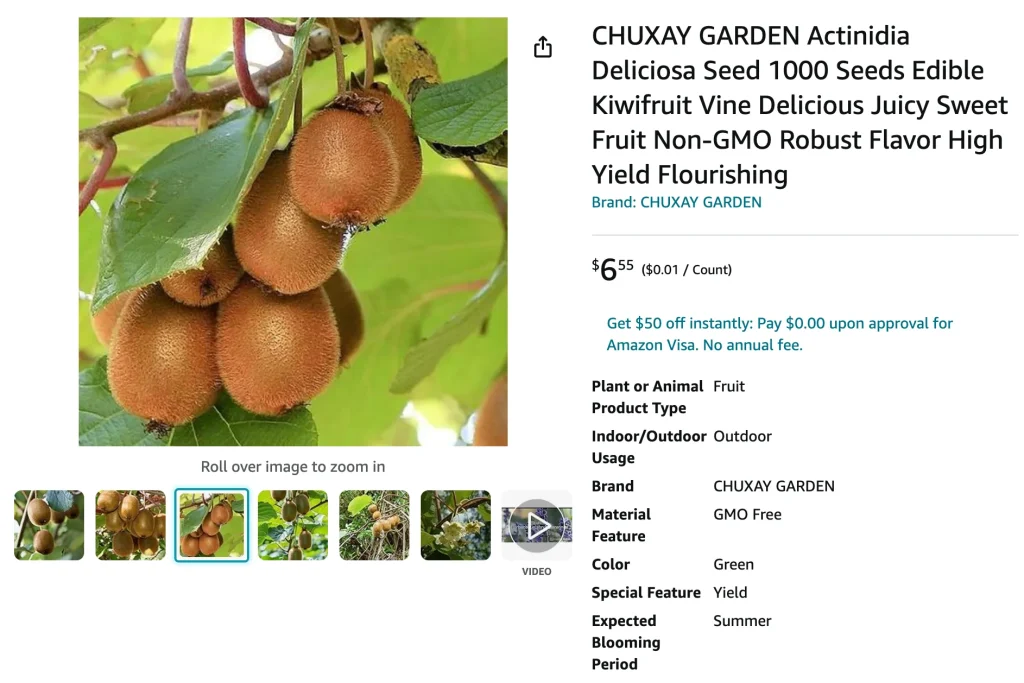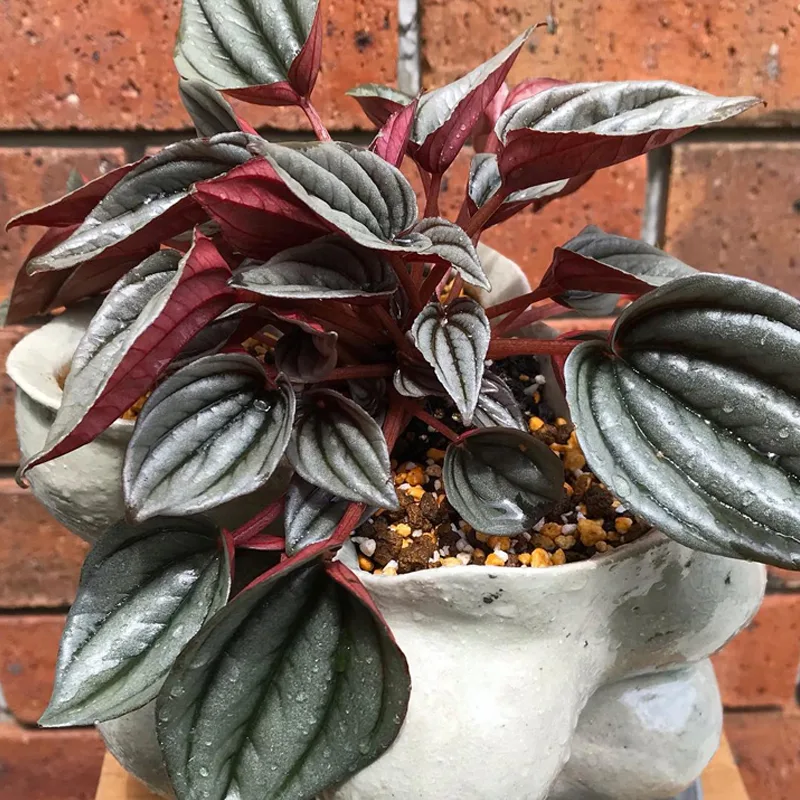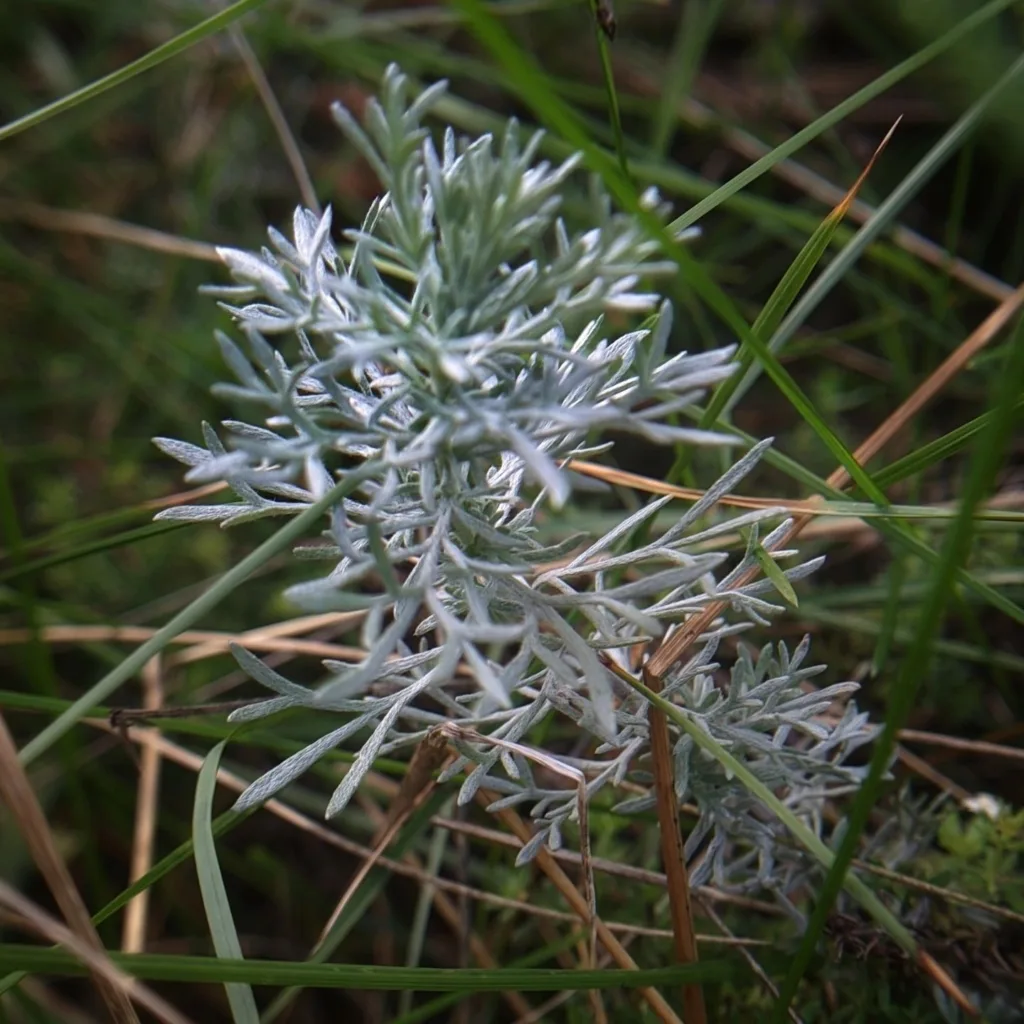
What is Actinidia Deliciosa?
Actinidia Deliciosa, commonly known as the kiwi or kiwi fruit, belong to the Actinidiaceae family, is a deciduous vine native to China. This plant is renowned for its fuzzy brown exterior and vibrant green flesh speckled with tiny black seeds. When you bite into a kiwi, you’re met with a tangy, sweet flavor that’s hard to forget. It’s often mistaken for a tropical fruit, but it’s actually hardy in various climates, making it a versatile choice for gardeners in different regions.
Plant Family: 3 Genera in Actinidiaceae
What is Actinidia Deliciosa Used For?
Actinidia Deliciosa, or kiwi, is celebrated for its delicious fruit, which is packed with vitamins, particularly Vitamin C, Vitamin K, and folate. Beyond its culinary uses, kiwi is valued for its health benefits. Its high antioxidant content helps combat oxidative stress, which can contribute to aging and various diseases. The fruit also aids digestion due to its enzyme, actinidin, which helps break down proteins. In addition to eating fresh, kiwi is often used in smoothies, desserts, and as a tangy addition to salads.
How to Care for Actinidia Deliciosa?
Caring for Actinidia Deliciosa involves a few key practices to ensure a healthy and productive plant. First, it thrives in well-drained soil with a pH between 6.0 and 6.8. Full sun exposure is ideal, but it can tolerate partial shade. The plant requires regular watering, especially during dry spells, but be cautious not to overwater as this can lead to root rot. Pruning is crucial to maintain its shape and encourage fruit production; typically, this is done in late winter or early spring before new growth begins.
How to Propagate Actinidia Deliciosa?
Propagation of Actinidia Deliciosa can be done through seeds, cuttings, or layering. Starting from seeds requires patience, as they need to be stratified (exposed to cold) before germination. Taking cuttings from healthy, mature vines is another method; these should be taken in late summer or early autumn. Alternatively, layering involves bending a stem to the ground and covering it with soil to encourage root growth before separating it from the parent plant.
What to Plant With Actinidia Deliciosa?
When planting Actinidia Deliciosa, it’s beneficial to pair it with companion plants that support its growth or offer additional benefits. Plants like asparagus and peas can help fix nitrogen in the soil, which is advantageous for kiwi. Additionally, planting ground cover such as clover can help retain soil moisture and reduce weeds. It’s important to avoid planting kiwi near other vine plants that may compete for resources.
Can You Grow Actinidia Deliciosa Indoors?
Growing Actinidia Deliciosa indoors is possible but presents challenges. Kiwi vines require ample space and a large container with good drainage. They need plenty of light, ideally from a south-facing window or grow lights, to simulate the full sun exposure they thrive on outdoors. Indoor kiwi plants will also need regular pruning and attention to humidity levels, as indoor environments can be drier than outdoor settings.
Is Actinidia Deliciosa Toxic?
Actinidia Deliciosa is not toxic to humans or pets. Its fruit is safe to eat and provides numerous health benefits. However, if consumed in extremely large quantities, the high fiber content might cause digestive discomfort. It’s always a good idea to introduce any new food into your diet gradually to monitor for any adverse reactions.
Benefits of Actinidia Deliciosa
The benefits of Actinidia Deliciosa extend beyond its delicious taste. The fruit is an excellent source of antioxidants, which help fight free radicals in the body. It supports immune health due to its high Vitamin C content and promotes digestive health with its natural enzymes. Additionally, the plant is relatively low-maintenance, making it a great choice for gardeners looking to add a productive and attractive vine to their landscape.
Common Problems with Actinidia Deliciosa
Despite its many benefits, Actinidia Deliciosa can face a few common problems. One issue is its susceptibility to pests such as aphids and spider mites, which can affect its growth and fruit production. Fungal diseases like powdery mildew can also be a concern, especially in humid conditions. Regular monitoring and proper care can help manage these issues. Ensuring good air circulation around the plant and avoiding overhead watering can reduce the risk of fungal infections.
Compare with Other Similar Plants
When comparing Actinidia Deliciosa with other similar plants, such as the hardy kiwi (Actinidia arguta) or the baby kiwi (Actinidia polygama), it’s important to note a few differences. Hardy kiwi is smaller and can withstand colder temperatures, while baby kiwi has a smoother skin compared to the fuzzy exterior of Actinidia Deliciosa. Both alternatives are excellent choices depending on your climate and taste preferences.
In summary, Actinidia Deliciosa is a versatile and rewarding plant, offering not just a delicious fruit but also numerous health benefits. With proper care, it can thrive in a variety of conditions and provide a unique addition to your garden or indoor plant collection.
If i die, water my plants!



